| Structure | Name/CAS No. | Articles |
|---|---|---|
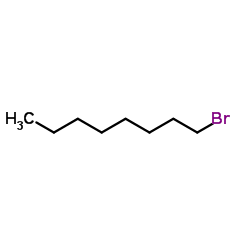 |
1-Bromooctane
CAS:111-83-1 |
|
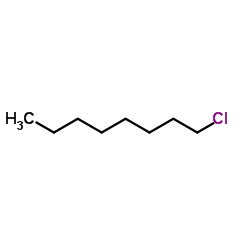 |
1-Chlorooctane
CAS:111-85-3 |
|
 |
Sodium hydride
CAS:7646-69-7 |
|
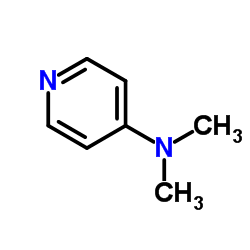 |
4-Dimethylaminopyridine
CAS:1122-58-3 |
|
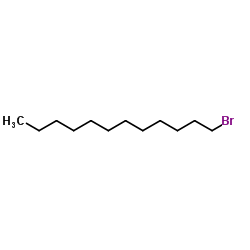 |
1-Bromododecane
CAS:143-15-7 |
|
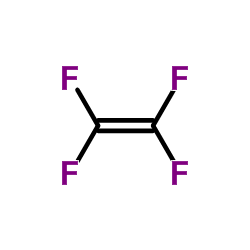 |
poly(tetrafluoroethylene)
CAS:9002-84-0 |
|
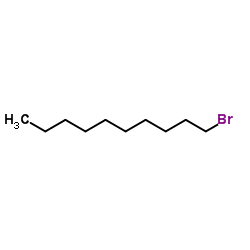 |
1-Bromodecane
CAS:112-29-8 |
|
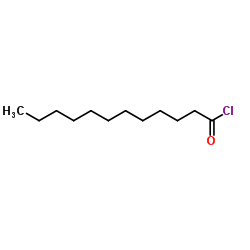 |
Dodecanoyl chloride
CAS:112-16-3 |
|
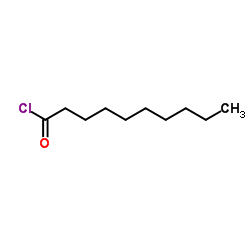 |
Decanoyl chloride
CAS:112-13-0 |
|
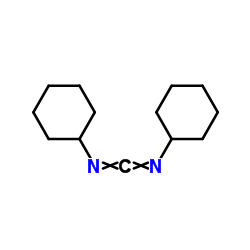 |
Dicyclohexylcarbodiimide
CAS:538-75-0 |